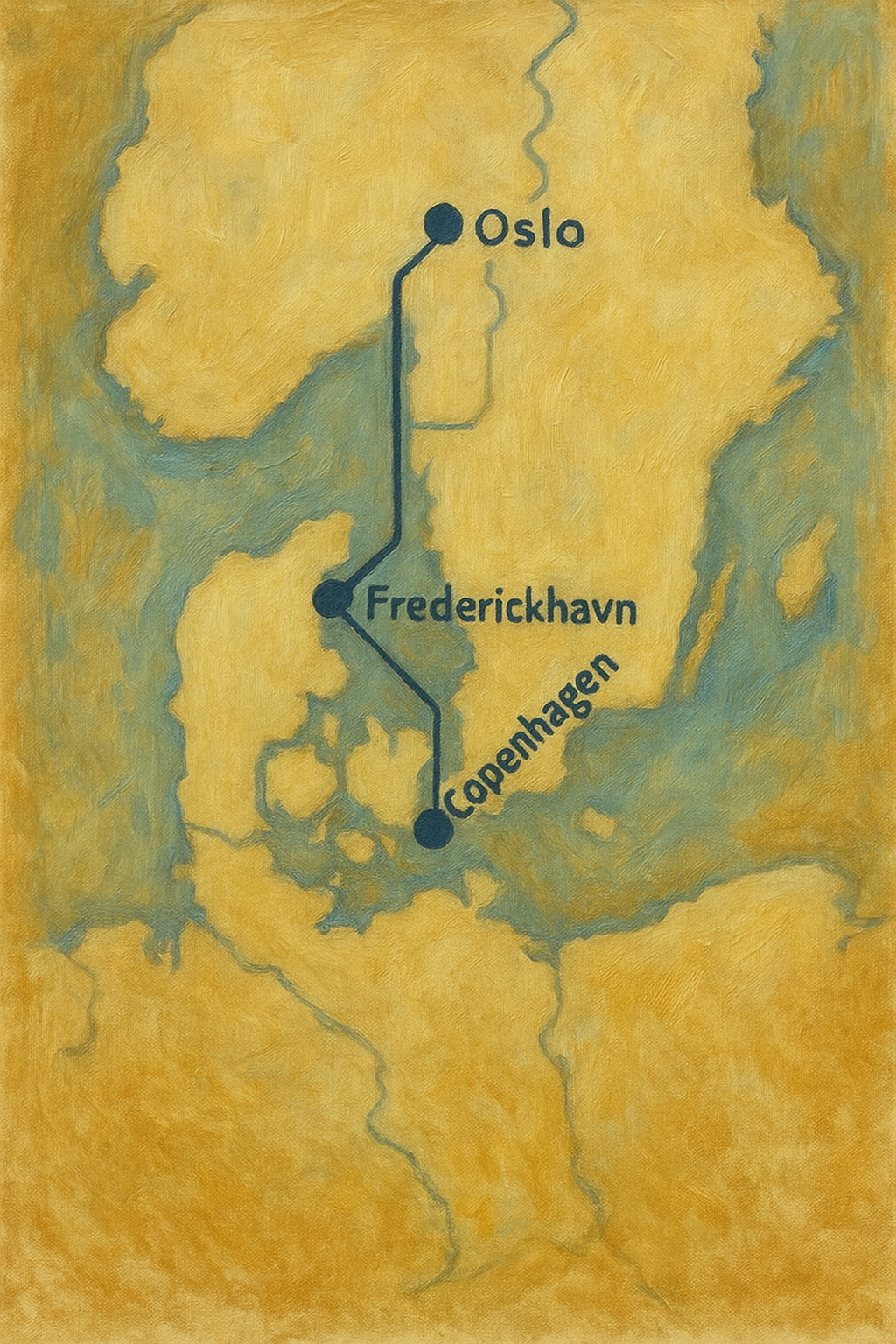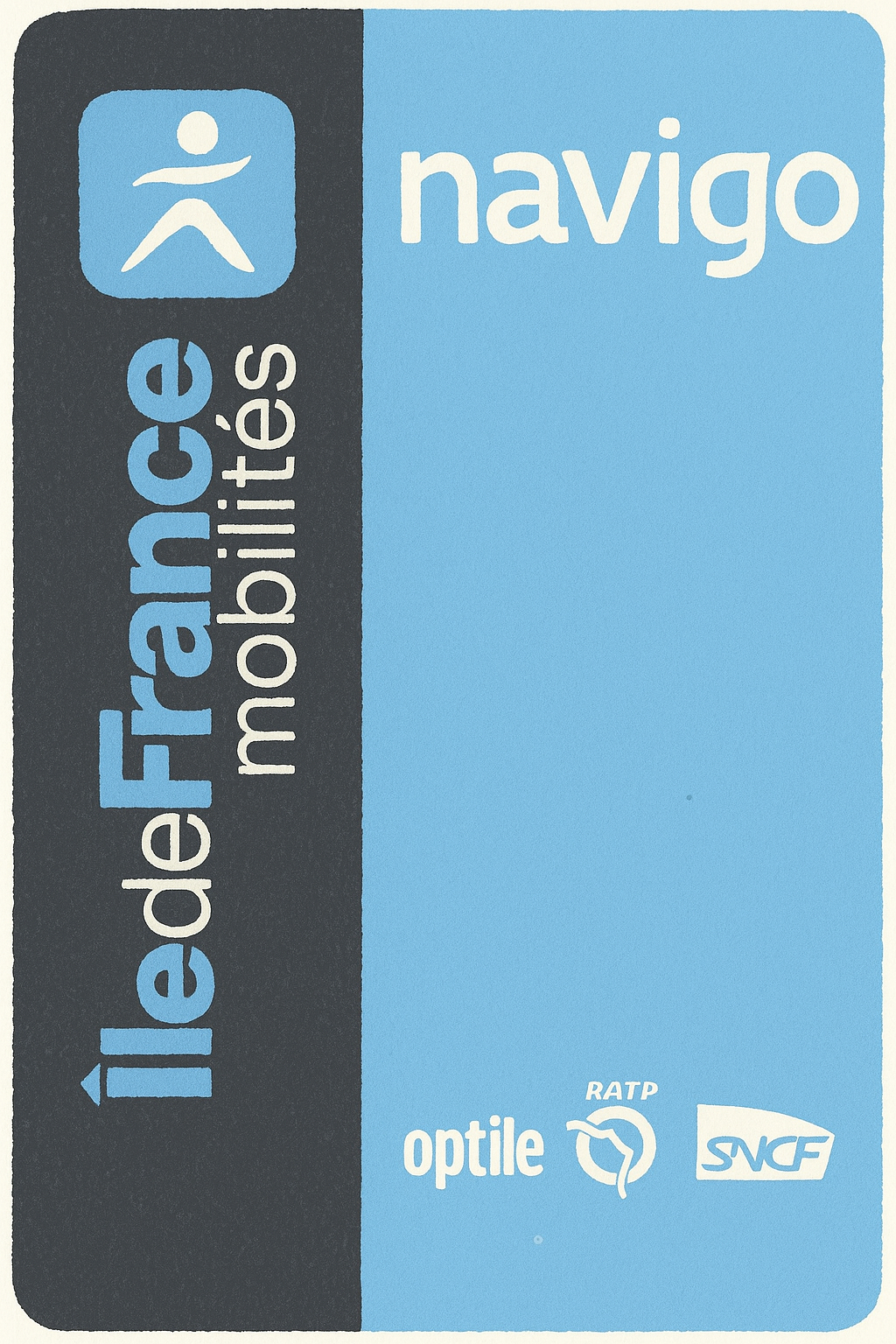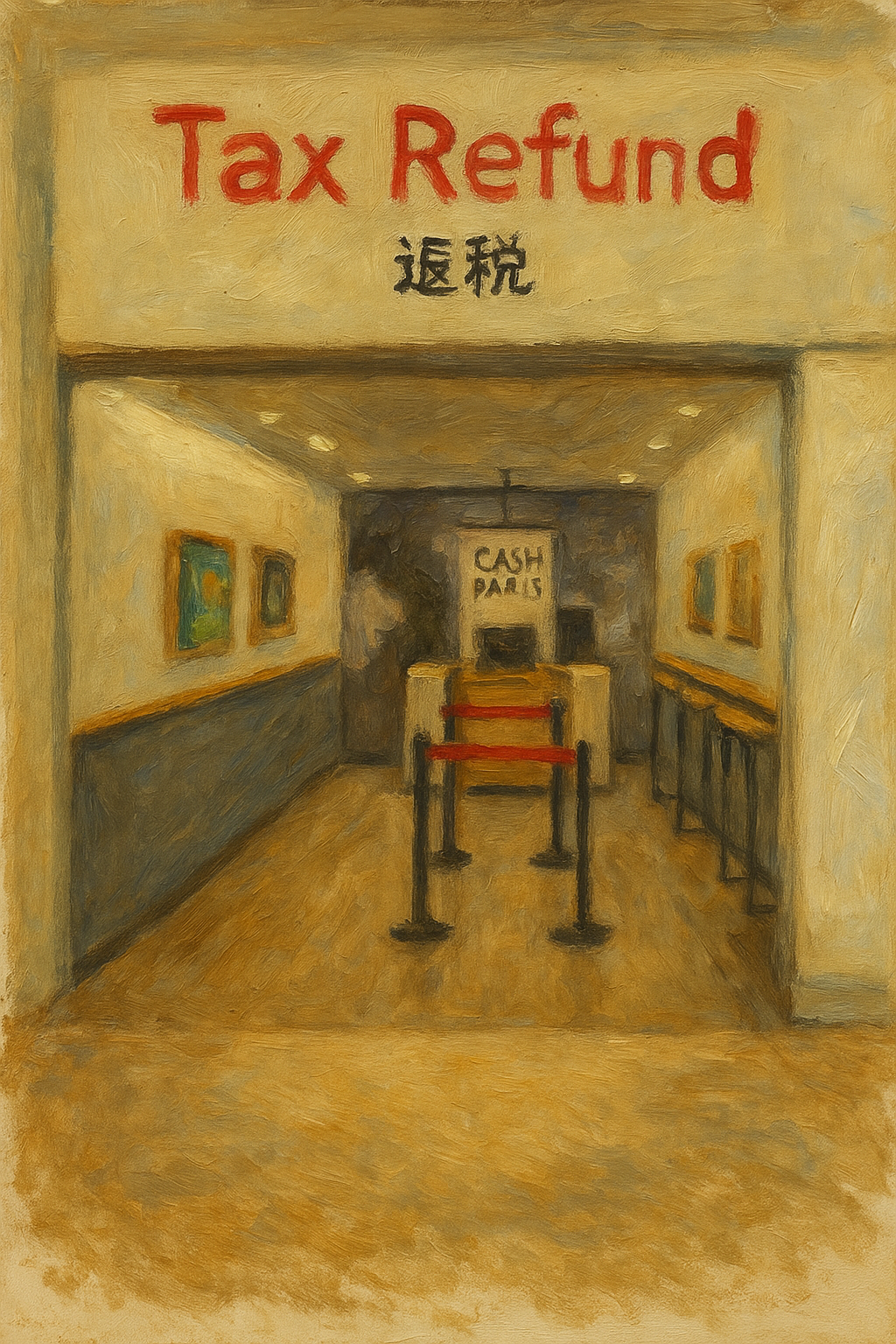During our road trip through the Scottish Highlands toward the Isle of Skye, we made a surprise stop that brought back childhood memories and sparked new ones with […]
Following Harry Potter’s Trail in Scotland – Our Magical Family Stop at Glenfinnan Viaduct
Our family road trip through Scotland was full of natural beauty and unforgettable moments, but one stop stood out for its cinematic magic: Glenfinnan Viaduct. As we made […]
Our Family’s First Cruise: DFDS from Copenhagen to Oslo
Traveling from Copenhagen to Oslo aboard the DFDS overnight cruise was one of the most memorable experiences of our Scandinavian trip. For our family—two parents, one son, and […]
5 French Snacks Your Middle Schooler Will Love – Travel Treats from France
France isn’t just famous for cheese and wine—it’s also home to some of the most delicious and charming snacks. If you’re visiting France with kids, don’t miss the […]
Don’t Make These COSTLY Mistakes at Sagrada Familia
The Ultimate Insider Guide to Barcelona’s Most Visited Landmark Planning to visit Sagrada Familia in Barcelona? You’re not alone—over 4.7 million people do every year. But without proper […]
Potenciator (Dynamogén): The Trusted Fatigue Recovery Tonic from Spain
If you’ve ever flown through Incheon Airport or visited a pharmacy in Spain, you might have heard of Potenciator — the name by which Dynamogén is often known […]
Where to Buy Affordable Wine in Paris 15th
A Local Favorite with Great Selection and Prices If you’re staying in the 15th arrondissement of Paris and want to enjoy good French wine without spending too much, […]
Bringing Wine from France to Korea: What You Must Know
France is a paradise for wine lovers, and it’s no surprise that many travelers want to bring a bottle (or more) back home. But when entering South Korea, […]
Paris Metro Tickets for Visitors: Types & How to Buy
A Simple Guide for International Travelers If you’re visiting Paris and plan to use public transportation (metro, RER, bus, or tram), knowing which tickets to buy can save […]
How to Get a VAT Tax Refund in France as a Tourist
Save money on shopping — reclaim up to 20% VAT 1. Who Is Eligible? You’re eligible for a VAT refund in France if: 2. What Kind of Purchases […]









